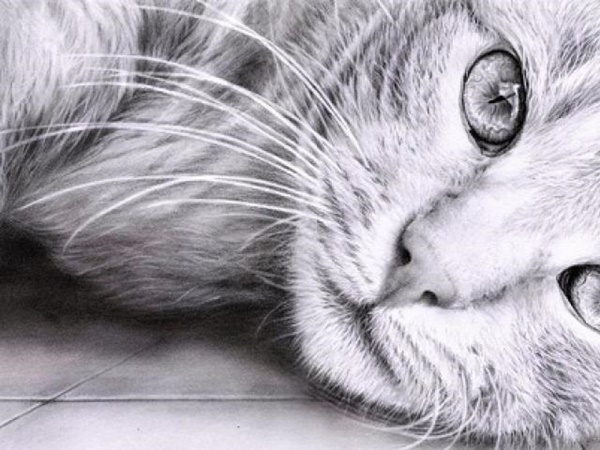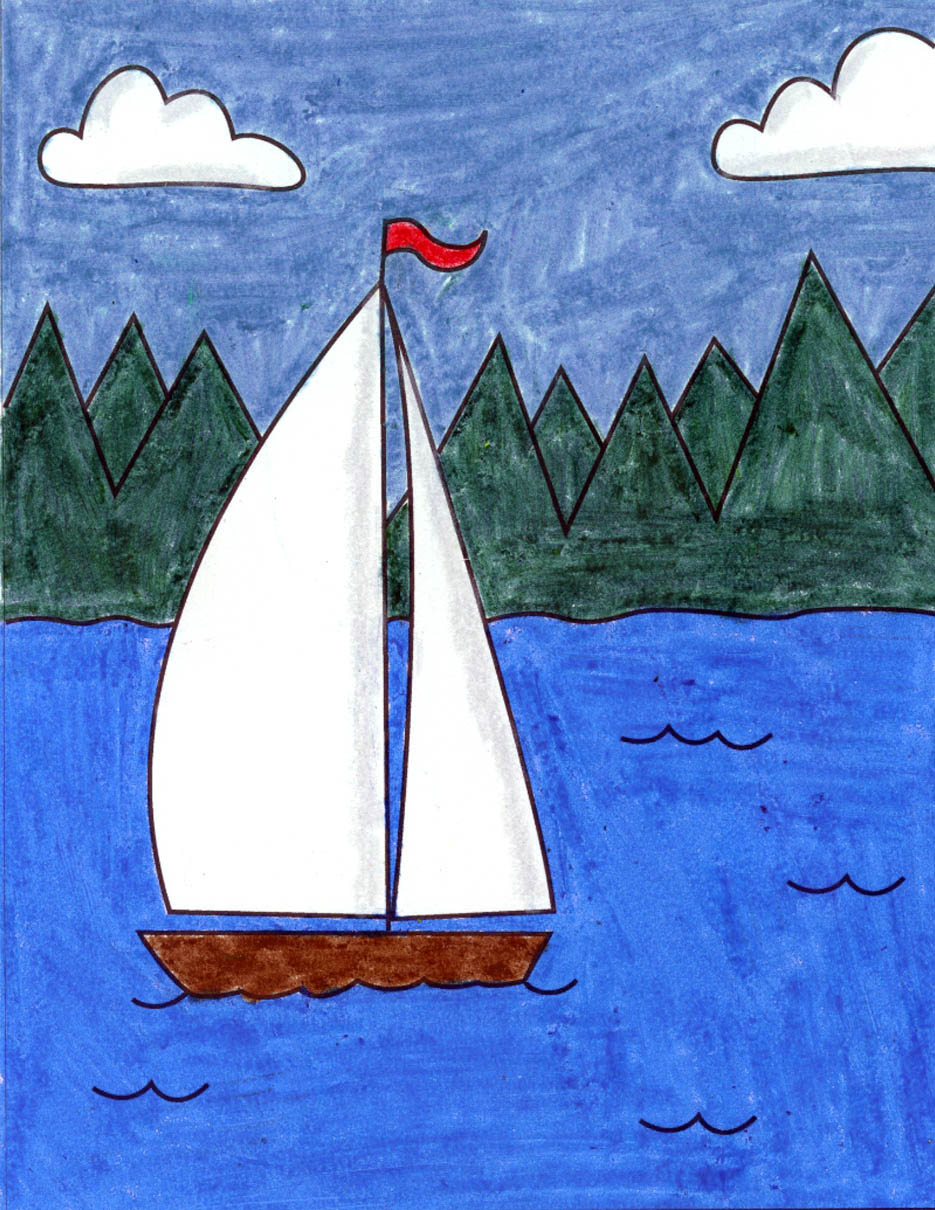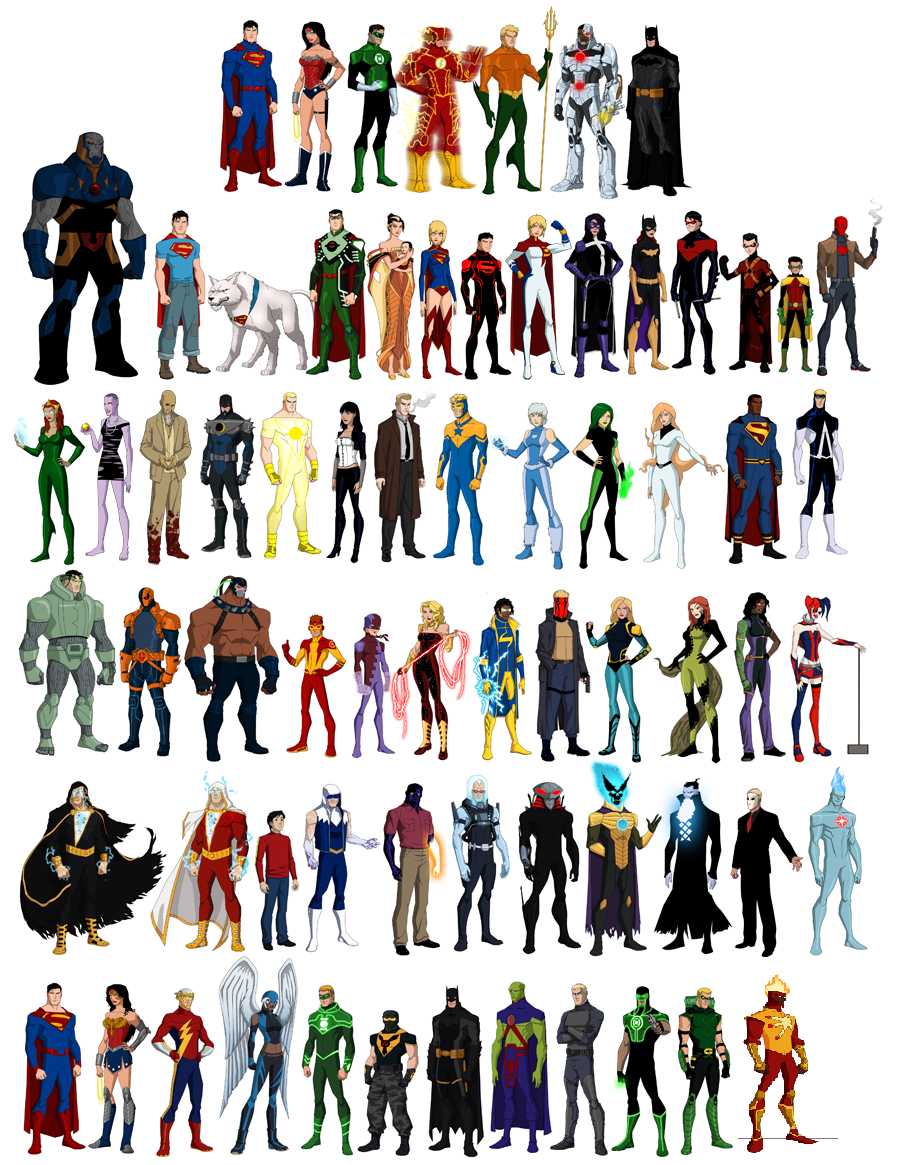642 things to draw day 15 shrubbery
Table of Contents
Table of Contents
If you’re an artist or just enjoy doodling, you may have found yourself wondering how to draw shrubbery. Whether you’re trying to add some dimension to a landscape drawing or just want to improve your botanical skills, learning to draw shrubbery can be a satisfying and enjoyable experience.
The Struggle with Drawing Shrubbery
Have you ever found that your shrubs just don’t look quite right? Maybe they look flat or unnatural, or you struggle with getting the right texture. Drawing shrubbery can often be a challenging task for artists, but with practice and the right techniques, it’s a skill that anyone can master.
How to Draw Shrubbery
The first step in learning to draw shrubbery is to observe the shapes and textures of real shrubs in nature. Take note of the sizes, shapes, and flow of the branches, as well as the texture of the leaves and any flowers or fruit that may be present.
Next, practice sketching different shrubbery shapes and textures using a pencil or pen. Start with the basic shape of the shrub, then add in the smaller details like leaves and branches. Gradually build up the layers to create depth and dimension.
Another helpful technique when drawing shrubbery is to use different line weights and shading techniques to create texture and contrast. Use thicker lines to emphasize the shape and flow of the branches and leaves, and lighter lines to suggest the texture of the foliage.
Summary of How to Draw Shrubbery
To summarize, learning to draw shrubbery involves observing real shrubs, practicing sketching different shapes and textures, and using different line weights and shading techniques to create depth and dimension. With practice and patience, anyone can improve their skills and create stunning botanical drawings.
Adding Personal Experience
When I first started learning to draw shrubbery, I found it challenging to get the right texture and depth. But as I spent more time observing real shrubs and practicing my sketching techniques, I began to see a noticeable improvement in my work. Now, drawing shrubbery has become one of my favorite subjects to draw, and I enjoy experimenting with different styles and techniques to create unique and beautiful drawings.
Different Tools for Drawing Shrubbery
While a pencil or pen is sufficient for practicing your sketching and shading techniques, there are also other tools you can use to create more detailed and precise drawings. Colored pencils can add a pop of color to your shrubbery drawings, while markers can create a bold and graphic look. Watercolors can be used to create a softer, more ethereal effect, while digital drawing pads allow for infinite possibilities in terms of color, texture, and level of detail.
Exploring Different Techniques
One of my favorite techniques for drawing shrubbery is to use a pen or marker to create bold, graphic lines and shapes. I start with a basic outline of the shrub, then use thicker lines to suggest the flow of the branches and leaves. I also experiment with different line weights and textures to create contrast and depth.
Creating Dimension with Shading
Another technique I like to use is shading with a pencil or marker. I start with basic shapes and outlines, then gradually build up the layers of shading to create depth and dimension. I also experiment with different shading techniques, such as cross-hatching or stippling, to create different textures and effects.
Question and Answer
Q: What types of shrubs are best for practicing drawing?
A: Any type of shrub can be used for practicing drawing, but it’s helpful to choose a species that has distinctive or interesting foliage or flowers. Some examples might include hydrangeas, azaleas, or boxwoods.
Q: How can I create a more realistic texture when drawing shrubbery?
A: To create a more realistic texture, try using short, overlapping strokes with a pencil or marker. Vary the direction and weight of the strokes to suggest the texture of the leaves and branches.
Q: Can I use colored pencils or markers to add color to my shrubbery drawings?
A: Yes! Colored pencils and markers can be a great way to add color and depth to your shrubbery drawings. Experiment with different color combinations and layering techniques to create different effects.
Q: Should I always draw shrubbery from real life, or can I use reference photos?
A: While drawing from real life is certainly beneficial, it’s not always practical or possible. Using reference photos can also be a helpful way to practice your observational skills and experiment with different drawing techniques.
Conclusion of How to Draw Shrubbery
In conclusion, drawing shrubbery is a skill that anyone can learn with practice and patience. By observing real shrubs, practicing different sketching and shading techniques, and experimenting with different tools and styles, you can create beautiful and realistic botanical drawings that will impress anyone.
Gallery
642 Things To Draw: Day 15: Shrubbery

Photo Credit by: bing.com /
Manga Tutorials

Photo Credit by: bing.com / drawing manga shrub bushes shrubs drawings evergreen tutorials tend paintingvalley lines leafy while type two family other
How To Draw A Shrub

Photo Credit by: bing.com / shrubs sketch shrub bushes architectural bush paintbrush
Hand Drawn Shrubs Download In 2021 | Landscape Markers, Plant Sketches

Photo Credit by: bing.com / drawn sketchy firstinarchitecture
Image Result For How To Draw Realistic Bushes | Plant Sketches, Plant

Photo Credit by: bing.com / bushes bush shrub landscapegardenblog struiken





